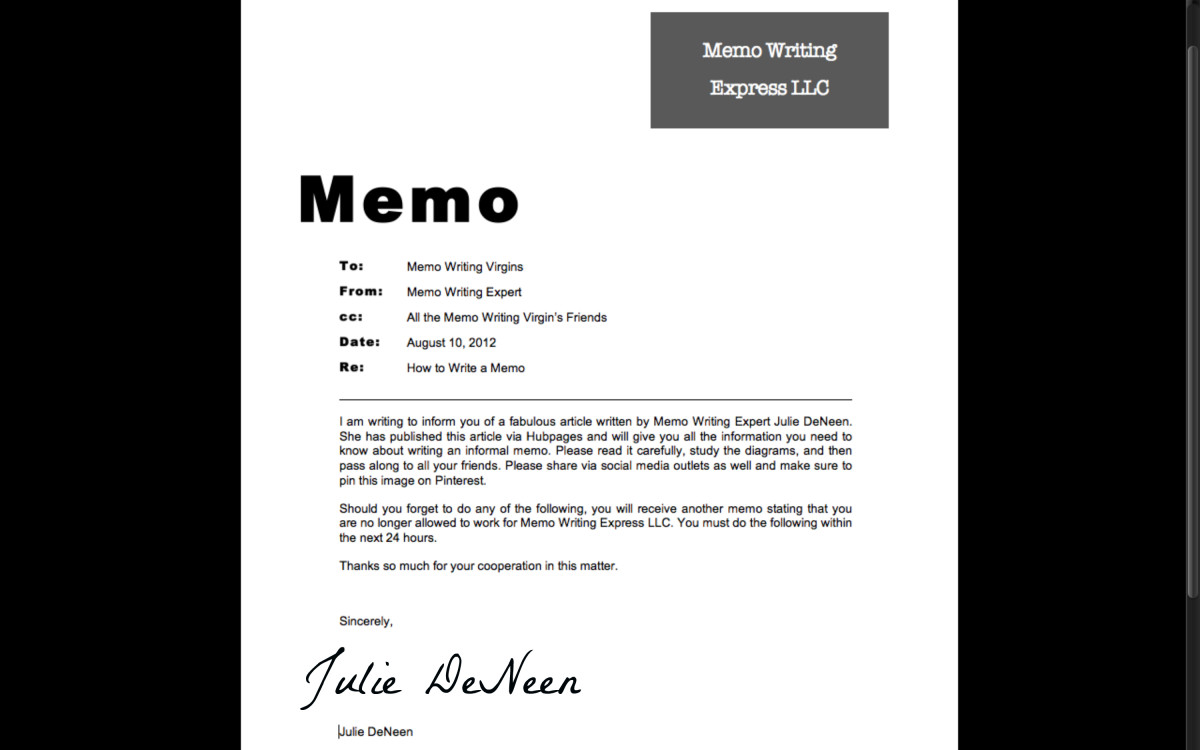A Basic Guide to Making a Winning Report

The thought of writing a report about a certain topic can already be overwhelming. Moreover, that feeling can be worse if you are about to do it.
You may seem to be at a loss. You don’t know how to start, lest finish it in the given deadline. For some people, writing can be stressful like a mean boss.
But there should be no reason to fear writing. You just have to know the basics of report writing. Usually, a good report should answer the who, what, when, where, and why’s of a certain topic or event.
However, the structure of a report may also depend on the given topic. Regardless, report writing should not be a cause of stress, to say the least.
What comprises a report?
A report is usually common in business, technical or research studies. It also focuses on facts and states the essence of the entire subject. Meanwhile, an essay is more common in academics and often focuses on the writer’s personal take in a given subject. These two are often interchanged, but it should not be the case.
Normally, reports contain some of all of the below elements:
- Details of a specific situation or event
- People involved in the said event
- How and why the event or situation happened
- Why the event or situation should be discussed
- The main discussion of possible solutions or a recommended course of actions
- Conclusion or summary of the entire report
The important elements included in the report are divided into several sections or numbering. Usually, the important details should be included in the first few paragraphs. It will then be succeeded with supporting details along the way.
The numbering helps the writer organize his or her thoughts and then put it into the paper. Likewise, readers will able to find the information they need in the said report. Many report papers also have a table of contents so readers can find the answers to their queries faster.

How to Make a Good Report
Writing an effective report should follow a certain process so your paper will be easier to read and understand. Here are the most important steps in making a good report.
1. Planning and preparation
In making an effective report, the writer should first have a sound plan in creating one. Aside from getting the sources, the writer should create a structure so that the paper will have a flow when read. Writing may take time – more so if the report is longer.
You should also know what your topic is all about. Also, consider who your target readers are and why you are writing the paper in the first place. The paper should also lead readers to your intended course of action.
2. Look for your sources.
More often than not, you will need sources to support your data within the report. You can look for sources in a library or online. For the latter, choose reliable websites as your references.
Preferable online references should have URLs with domains such as .org, .net, or .gov. Most reports need to put your references for validation purposes, so don’t forget to put those in your paper.
3. Create an outline.
An outline helps in creating an organized structure in your report. It makes your report easy to read and understand. Reports structure may vary depending on the requirements, so make sure to follow the guidelines.
A formal report usually consists of the following parts:
- Executive summary – also known as the abstract, it provides a brief summary of what the content is all about.
- Introduction – this part states a brief summary of the main issue of the topic and the recommended course of action.
- The main body – this contains the details of the report, including the cause, people involved (if there’s any), reason for the event, and so on. Each section should be divided into sub-headings for easier reading.
- Conclusion – this part states your inference based on the given information and other supporting data. You can also put your recommendation here, or add another section. Meanwhile, the recommendation should state how the situation can be improved. There should also be supporting data in this to back up your statement.
4. Review the report before submitting it.
As much as possible, make the report reader-friendly. Most readers would be bored reading long reports with unnecessary fluff. Use plain language and avoid technical jargon (unless you cater to specific audiences).
Before submitting, read the entire content to yourself first. Check the grammar and sentence structures. There are several grammar tools like Grammarly that can help with your report. If all is clear and you are happy with it, then you’re good to go.
This content is accurate and true to the best of the author’s knowledge and is not meant to substitute for formal and individualized advice from a qualified professional.
© 2020 Giselle R








